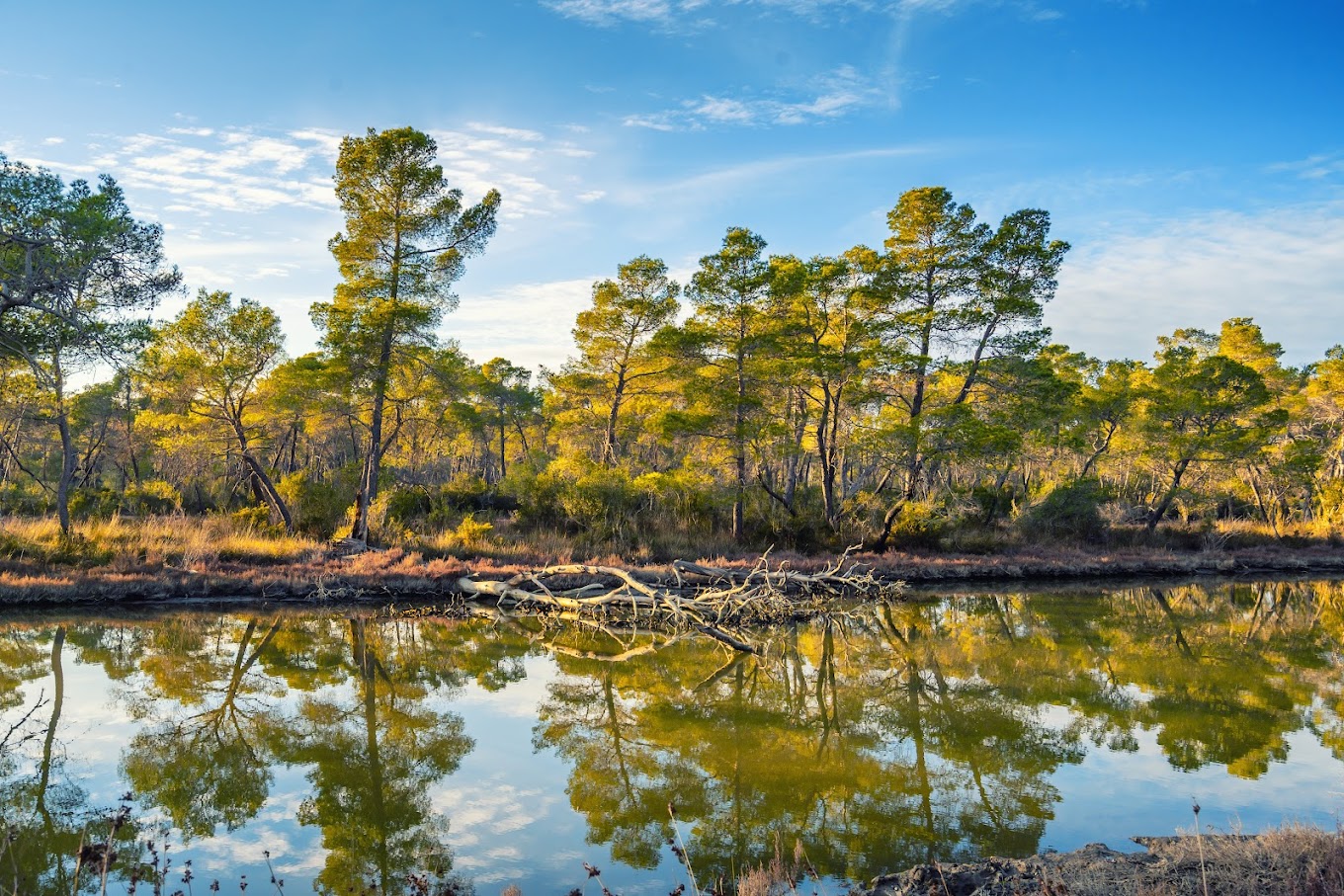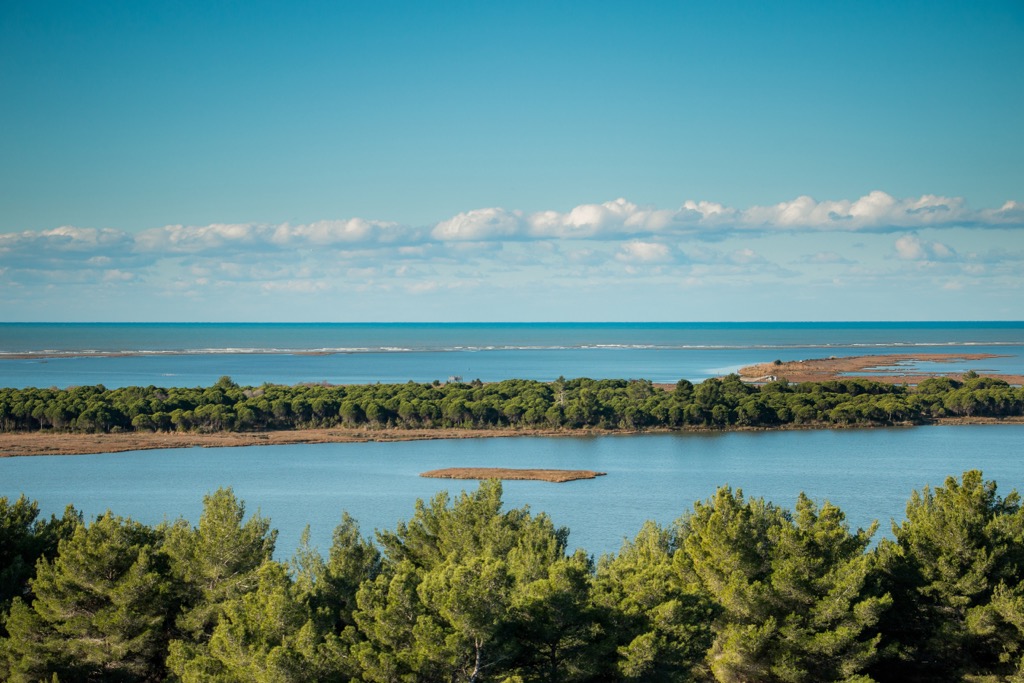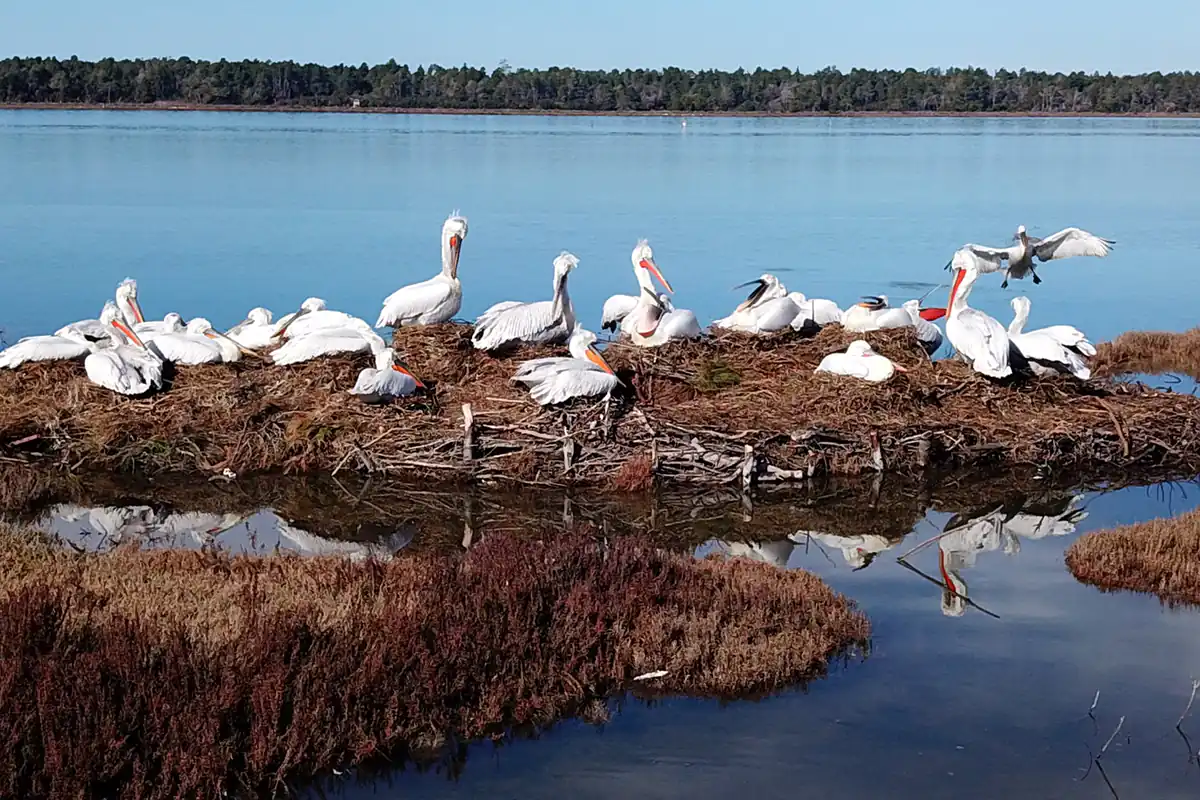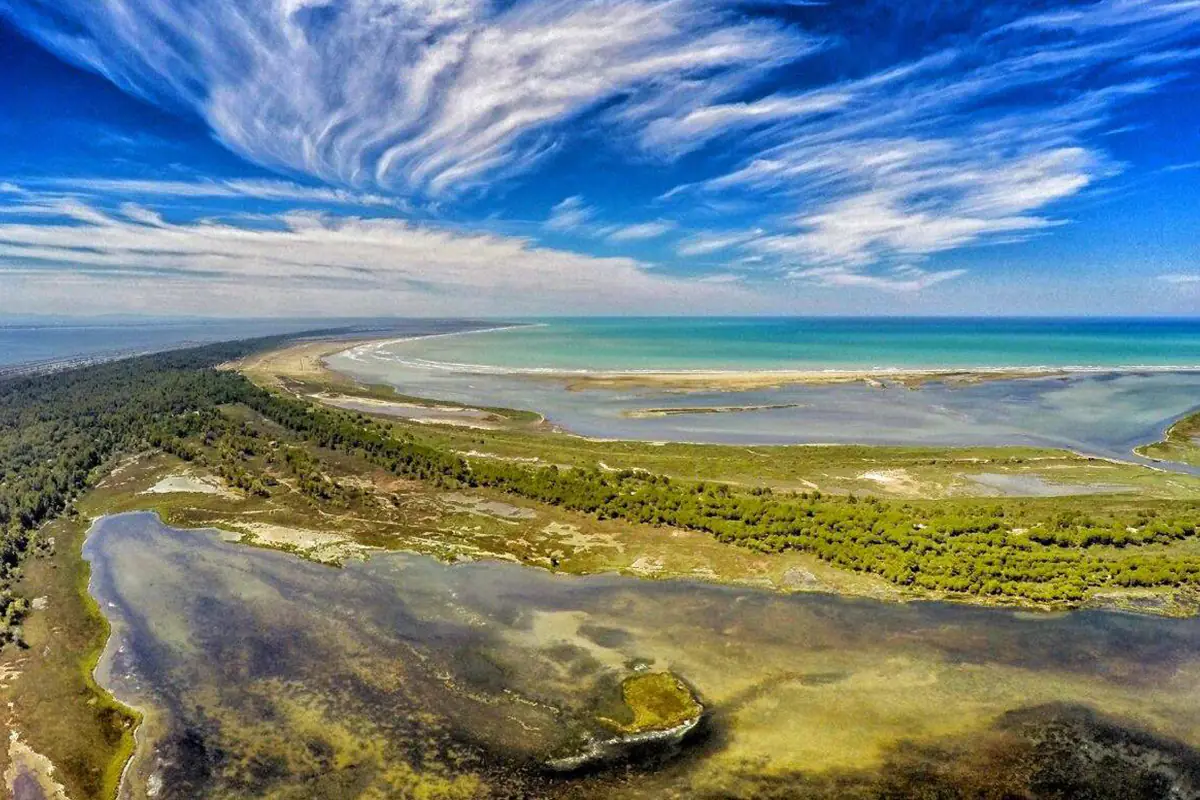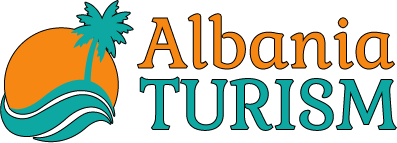
Key Takeaways
- Divjaka is a unique coastal ecosystem in western Albania, home to diverse habitats including lagoons, forests, and beaches.
- It features the Karavasta Lagoon, the largest of its kind in Albania and a vital wetlands site.
- The Divjaka Pine Forest offers shelter and protection against coastal erosion, supporting rich biodiversity.
- This area has a rich cultural history, shaped by fishing, agriculture, and traditional livelihoods.
- Divjaka’s ecological wealth is highlighted by its status as a National Park, emphasizing the importance of conservation and sustainable tourism.
Divjaka is a jewel on the Albanian coast, offering a harmonious blend of ecological diversity and cultural richness. Its protected habitats ensure the survival of many species, making it an essential site for conservation and sustainable tourism. As travelers, nature lovers, or conservation advocates, understanding Divjaka’s value helps us appreciate and support its ongoing preservation.
Geographic and Natural Features of Divjaka
Positioned along Albania’s picturesque coastline, Divjaka boasts a range of stunning natural features. At its heart is the Divjaka National Park, a sanctuary for wildlife lovers and eco-enthusiasts. The landscape is characterized by a flat coastal plain, dotted with sand dunes and accented by the expansive Karavasta Lagoon—the largest in Albania—shaped by the alluvial deposits from the Shkumbin River, creating a majestic natural backdrop that draws visitors and scientists alike.
Karavasta Lagoon
The
Karavasta Lagoon is a vast, brackish water body separated from the Adriatic Sea by natural sandy dunes. Recognized as a Ramsar site, it is a globally important wetland supporting diverse aquatic species and migratory birds [source: Wetlands International](https://www.wetlands.org). The lagoon’s rich biodiversity makes it a focal point for conservation efforts around bird species and wetland ecosystems, showcasing Albania’s ecological importance.
Divjaka Pine Forest
The lush Divjaka Pine Forest lines the coastline, providing shelter from coastal winds and acting as a natural barrier against erosion. Its tranquil trails offer visitors a peaceful retreat into nature, supporting a variety of flora and fauna. This forest plays a key role in maintaining the ecological health of the region and offers opportunities for eco-tourism and environmental education.
Sand Dunes
The natural sand dunes form a protective barrier between the lagoon and the sea. These dunes are vital habitats for specialized plant and animal species, helping stabilize the coastline and preserve the ecological balance of Divjaka’s coastal environment.
Historical and Cultural Background of Divjaka
Divjaka’s history reflects centuries of human adaptation and utilization of natural resources. Human settlements have thrived here through fishing, agriculture, and salt production, shaping the region’s identity. Local communities have maintained a
traditional lifestyle rooted in these practices—interwoven with folklore, songs, and stories that celebrate their bond with nature.
Human Settlements and Resource Use
For generations, local inhabitants have relied on Divjaka’s rich natural resources—fishing in the lagoons, farming on fertile lands, and salt extraction from coastal saltworks. This resourcefulness remains vital to the area’s cultural fabric and economic sustainability.
Cultural and Traditional Importance
Traditional practices such as fishing, agriculture, and salt production continue to define Divjaka’s cultural identity. These activities are celebrated through folkloric songs and community festivals, encapsulating a deep connection with the area’s natural environment and preserving Albanian coastal heritage.
Biodiversity and Environment in Divjaka
The region’s rich ecosystems support a wide array of flora and fauna. Coastal plants like
Pinus halepensis and salt-tolerant vegetation thrive here, stabilizing soils and creating a unique habitat zone. Birdlife is abundant, with species like the Dalmatian Pelican (Pelecanus crispus)—a globally threatened species—making the lagoon a critical breeding site. Migratory waterbirds and fish also populate these waters, contributing to the region’s ecological diversity.
Protected Species and Conservation
The
Dalmatian Pelican stands as a flagship species for conservation in Divjaka. Ongoing habitat restoration and species monitoring efforts aim to preserve such vulnerable ecosystems, emphasizing biodiversity protection and ecological resilience [source: national park management reports](https://nationalparksalbania.org). These initiatives foster a balance between human activity and environmental health, ensuring future generations can enjoy this natural treasure.
Tourism and Activities in Divjaka
Divjaka offers a diverse array of activities for visitors. Birdwatchers flock to Karavasta Lagoon during migration seasons, while hikers meander through the pine forest. The pristine beaches are perfect for relaxation, photography, and water sports during summer. Accessibility is straightforward—nearby Lushnjë connects by major roads, and best visiting times are spring and autumn for birdwatching, with summer ideal for beach activities. Local facilities support eco-tourism and cultural experiences, making every visit both enjoyable and meaningful.
Importance and Conservation Efforts in Divjaka
As an internationally recognized wetland, Divjaka plays a crucial role in biodiversity conservation, coastal protection, and fisheries support. The National Park status offers legal protection, while collaboration with organizations like the UNDP and EU ensures continued conservation projects. Local communities are vital partners in implementing sustainable tourism and environmental stewardship, securing Divjaka’s ecological and cultural legacy for future generations.
Conclusion
Divjaka exemplifies the harmonious coexistence of natural beauty and cultural heritage. Its diverse ecosystems, from lagoons to pine forests, support a wealth of species and traditions. Protecting this coastal sanctuary requires ongoing effort, awareness, and responsible tourism. By supporting conservation initiatives and embracing sustainable practices, we help ensure Divjaka remains a thriving habitat—an invaluable asset for Albania and the world.
